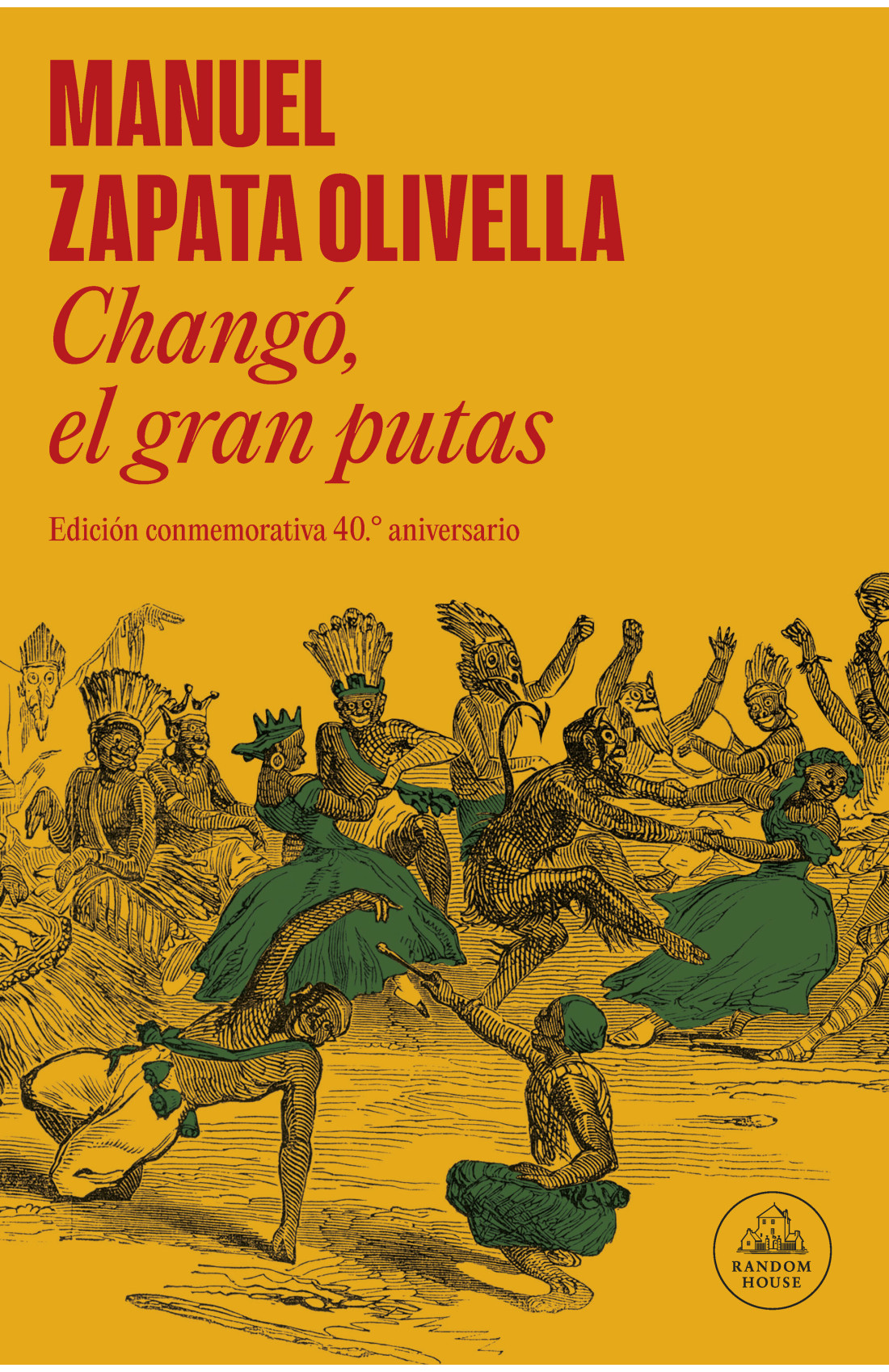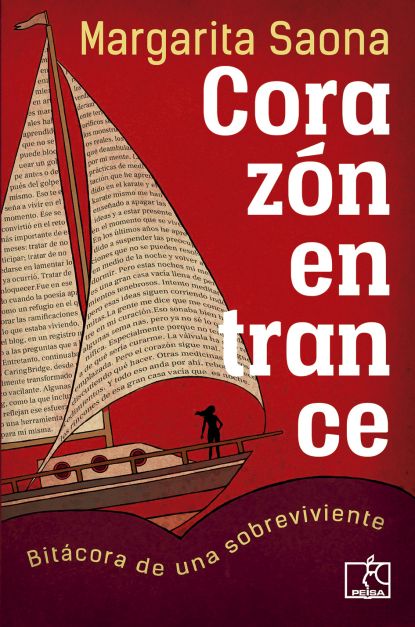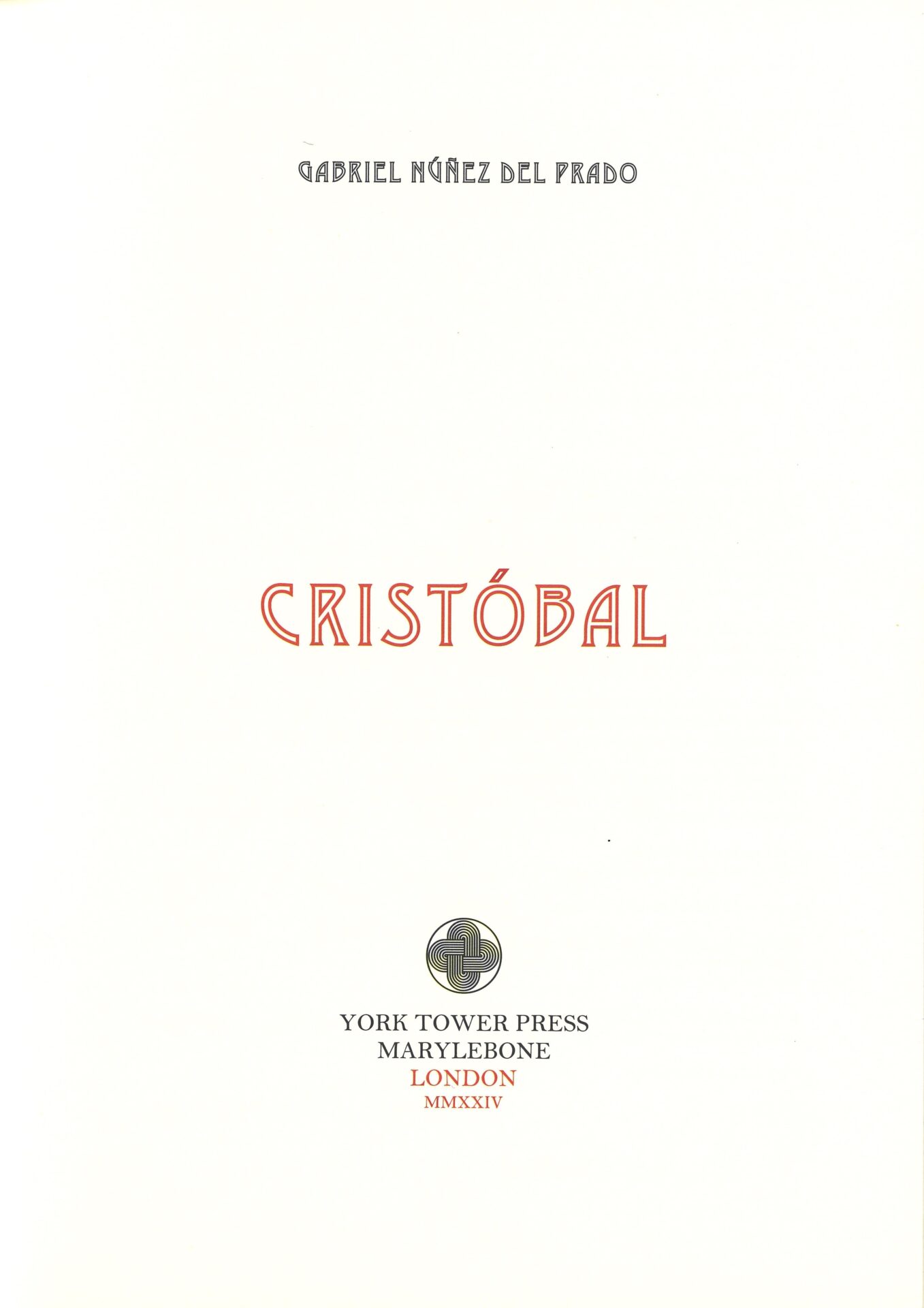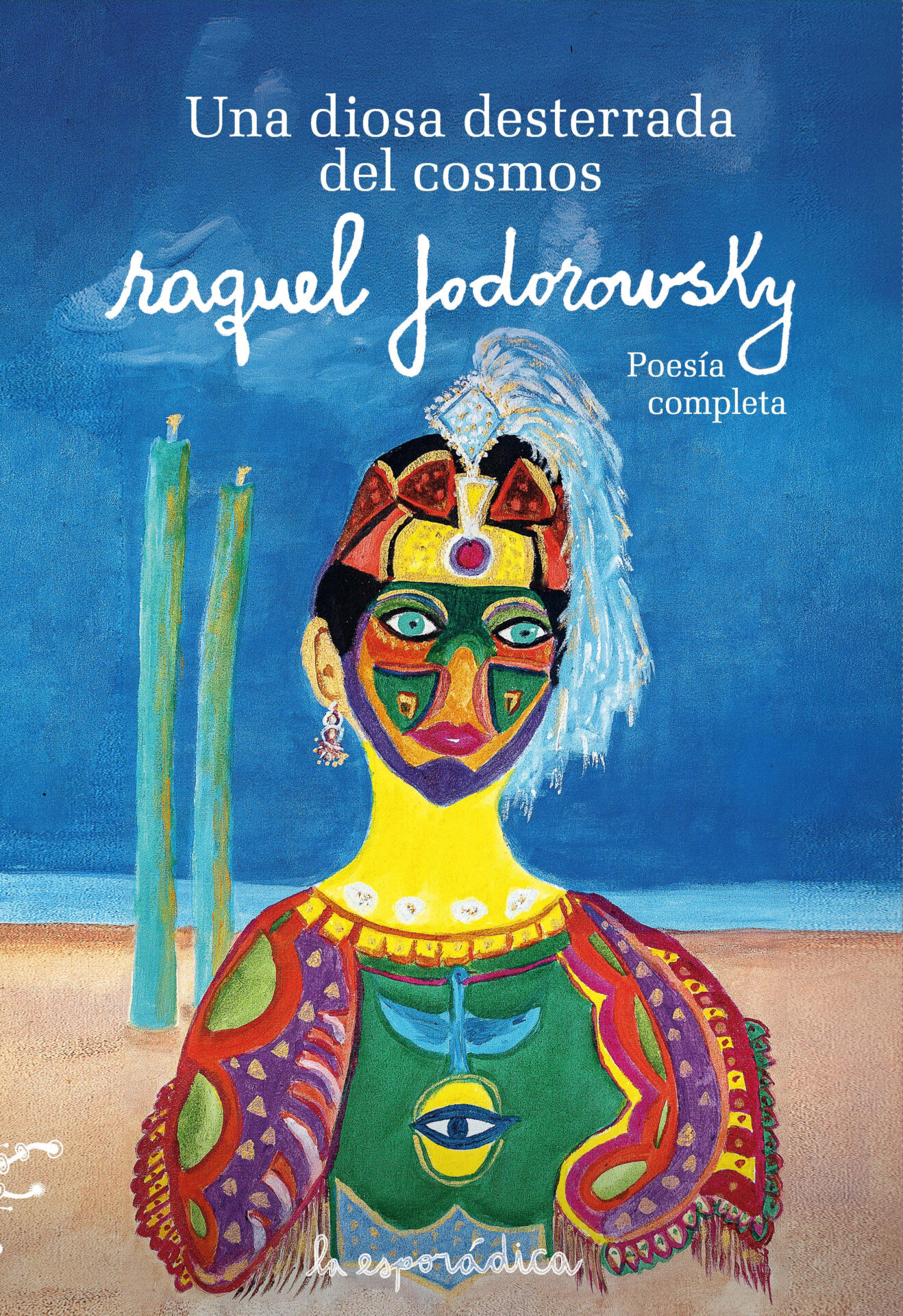Bosque negro. Reina María Rodríguez. Havana: Ediciones Unión. 2013.
 The author of Bosque negro [Black forest] has spent decades descending alone and naked into its depths. She knows that “for every woman there is a throne / in the center of a man” and she has received letters with rain. Before turning thirty she could have been defined as a writer who had reached a pure communion with the most important secrets of existence, which would be enough to give her a prominent position in the world of twentieth century Spanish-American poetry. Nevertheless, through the possession of an elevated aesthetic criterion and an unbreakable integrity, Reina María Rodríguez has also offered a unique testimony of the situation of disability that millions of Cubans have endured because of the determination of the Castro brothers’ clan to remain in power through the dissolution of the Soviet Bloc, because of which she could today be classified as the author of a work whose reading is fundamental to free ourselves from the “Red Fantasy,” the metanarrative that makes Latin America out to be a territory condemned to the recidivism and perpetuation of totalitarianism.
The author of Bosque negro [Black forest] has spent decades descending alone and naked into its depths. She knows that “for every woman there is a throne / in the center of a man” and she has received letters with rain. Before turning thirty she could have been defined as a writer who had reached a pure communion with the most important secrets of existence, which would be enough to give her a prominent position in the world of twentieth century Spanish-American poetry. Nevertheless, through the possession of an elevated aesthetic criterion and an unbreakable integrity, Reina María Rodríguez has also offered a unique testimony of the situation of disability that millions of Cubans have endured because of the determination of the Castro brothers’ clan to remain in power through the dissolution of the Soviet Bloc, because of which she could today be classified as the author of a work whose reading is fundamental to free ourselves from the “Red Fantasy,” the metanarrative that makes Latin America out to be a territory condemned to the recidivism and perpetuation of totalitarianism.
Those who are lucky enough to read this anthology should be warned that they have in their hands a mirror capable of reflecting the deepest nature of emotions, including the most complex and difficult to decipher, because of which it will be possible for you to understand many experiences that in another moment could seem incomprehensible. Think only of how these lines of “poema para cada Lelia” [poem for every Lelia] reveal the fate of a couple who decides to reconcile after a break caused by the intrusion of a third:
al final George todos regresan
vuelven y te querrán
para siempre
pero vuelven
demasiado profanados para convivir.[in the end George everyone returns
they come back and they will love you
forever
but they come back
too defiled to live together.]
Such are the lines of Para un cordero blanco [For a white lamb], a book of poems for which Reina María Rodríguez won the Casa de Las Américas Prize in 1984. But for the writer who had debuted with La gente de mi barrio [The people of my barrio] (March 13th Award, 1976) and Cuando una mujer no duerme [When a woman does not sleep] (Julián del Casal Award, 1980) it was not enough to cultivate an aesthetic anchored in her epiphanic capacity: in 1998, after publishing En la arena de Padua [In the sand of Padua] (1992) and a dazzling jewel of prose titled travelling (1995), she would return to win the Casa de Las Américas Prize with La foto del invernadero [The picture of the greenhouse], a book of poems whose intertextual framework is completed thanks to the revelations offered by Roland Barthes in La cámara lúcida [The lucid camera].
Having been born in Cuba in 1952, Reina María Rodríguez is also a writer marked by a place and a concrete history, history that reached levels of true horror after the dissolution of the Soviet Bloc. The crisis experienced on that island during the “Special Period” caused in her a transformation similar to that of the character in Plato’s allegory of the cave. Freed from the deceit, she began to write Otras cartas a Milena [Other letters to Milena] (2003) and Bosque negro (2004), crucial books that warned of the hidden reality beyond the warp of fallacies and lies projected by the ideological machines of the Cuban state. From the collection of poetry that gives its title to the anthology that we discuss, allow me to quote a text, in extenso, so that the reader can get a glimpse of what this “daughter of the Utopia” has witnessed:
Pabellón
Las mujeres solas se conforman con ese dinero del pabellón. Se conforman con el preso, la prueba vaginal, la pomada protectora contra el herpes. Las mujeres solas llevan blusas de encaje a la prisión y tacones en los pies manchados de fango. Tienen las uñas negras que no es carbón. Tienen las cejas arqueadas por la incredulidad. Van y vienen del pabellón. Se desnudan, se dejan revisar, sostienen las monedas con la pelvis. Las mujeres solas llevan sus cuerpos a prisión y, allí, se regeneran.
[Pavillion
Single women accept this money from the pavilion. They accept the imprisonment, the vaginal examination, the ointment against herpes. Single women wear lace blouses to prison and high heels on their feet stained with mud. Their nails are black, but not from coal. They have their eyebrows raised in incredulity. They come and go from the pavilion. They undress, they allow themselves to be checked out, they hold coins with their pelvis. Single women bring their bodies to prison and, there, they regenerate.]
Since that period in hell, the author has written Catch and Release 2005), El libro de las clientas [The book of clients] (2005), Variedades de Galiano [Varieties of Galiano] (2007) Las fotos de la señora Loss [The pictures of Mrs. Loss] (2009), María Mariosh (2010), Poemas de Navidad [Christmas poems] (2011) and El piano [The piano] (2013), a catalog of books in which the language and vision of the world enriches our perception of the affective, the domestic, the everyday, the historical, the political, the mythical and the mystical, and the ethical. Books injected with the vitality of someone who has survived a true historic catastrophe, as can be appreciated in the following lines:
Tiempo en el fondo
A remover
trozos de hielo
a flotar
sobre las piedras
como las truchas
debilitadas
después de haber puesto
los huevos,
la sensación.
A flotar
contracorriente
(las escamas empobrecidas
todavía débiles)
pero con la energía de haber vivido
mucho tiempo en el fondo.[Time in the riverbed
To stir
pieces of ice
to float
over the rocks
like the trout
weakened
after having laid
their eggs,
the sensation.
To float
crosscurrent
(their impoverished scales
still weak)
but with the energy of having lived
a long time in the riverbed.]
A siren whose song turns the sea into a bridge which must be crossed for the metaphor to be completely understood, Reina María Rodríguez closes her personal anthology with a selection from El libro de las luciérnagas [The book of fireflies] (unpublished). From experience, she knows that “In line they always advance backwards” and that “to embrace a body/costs the dimension of the other/that never anticipates its cruelty”; however, she has never ceased longing for a lyrical path that will allow the return of so many pilgrims who long to “find a place of rest (…) where destruction happens no more” and the clocks announce a peaceful awakening.
Ultimaely, the pages of Bosque Negro could be summed up as a punctual example of that which Albert Camus classified as “the art of living in times of catastrophe.” They contain the spirit of a writer who has refused to become a servant of hate and repression, despite having experienced in the flesh the defenselessness of humanity before History. For all of these reasons, one could say that this anthology is populated with flowers, that is to say, with “reward[s] that will [have to be] kept against the abuses of the surface.”
Arnaldo E. Valero
Instituto de Investigaciones Literarias
Gonzalo Picón Febres
Translated by Adrian Demopulos





